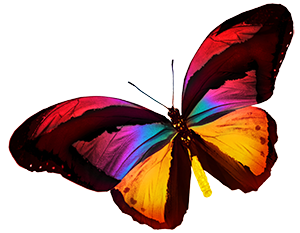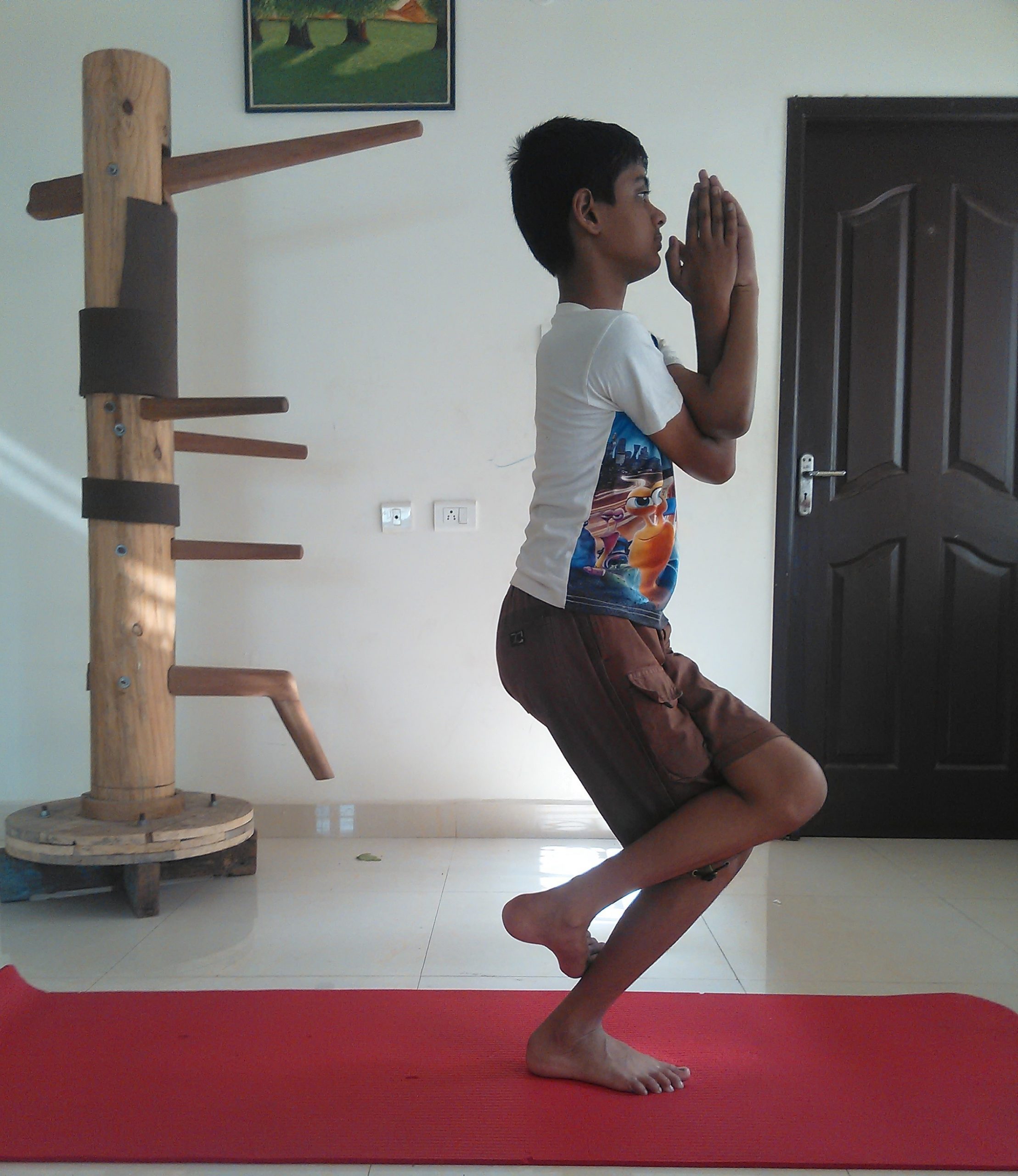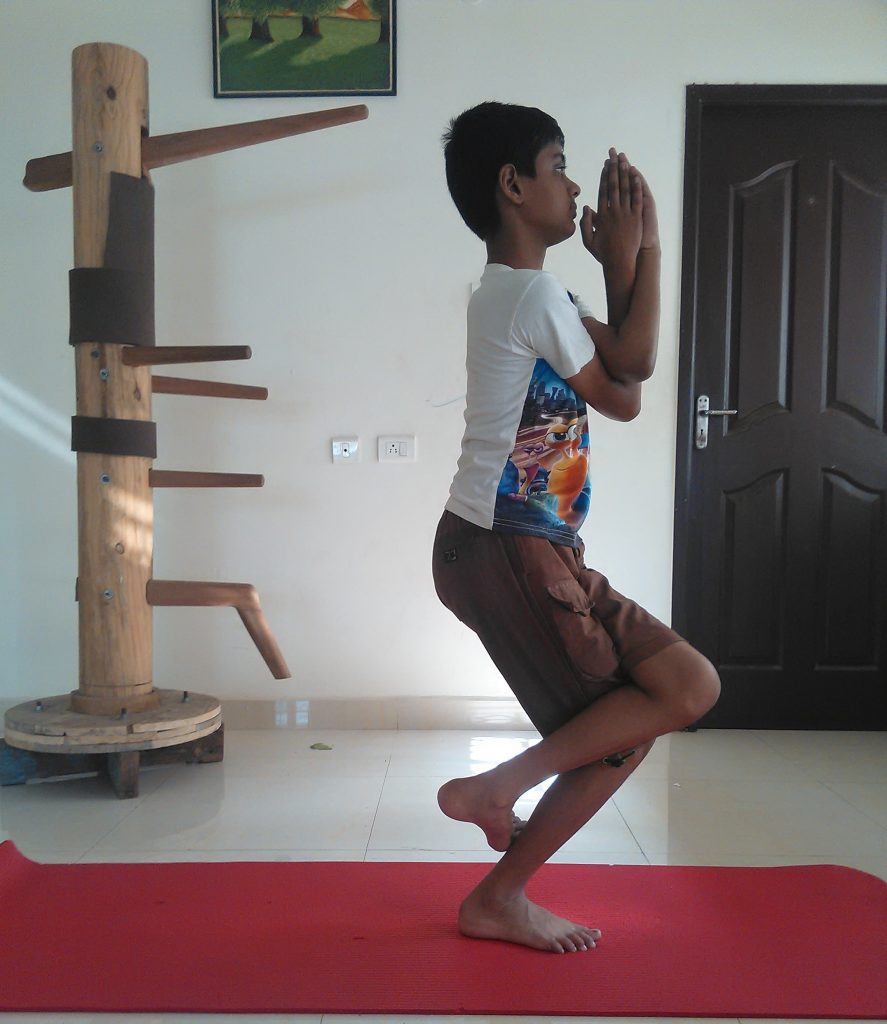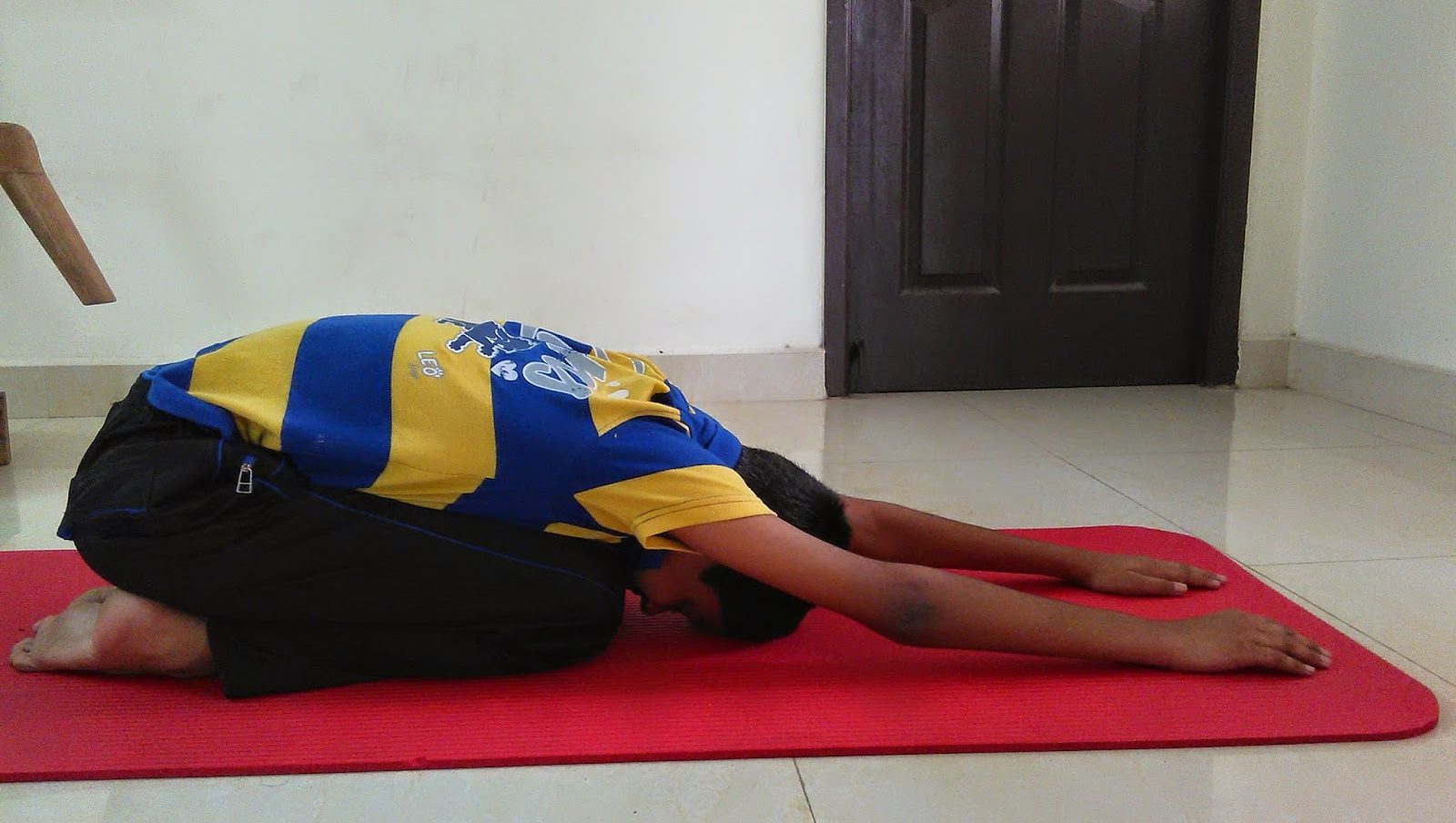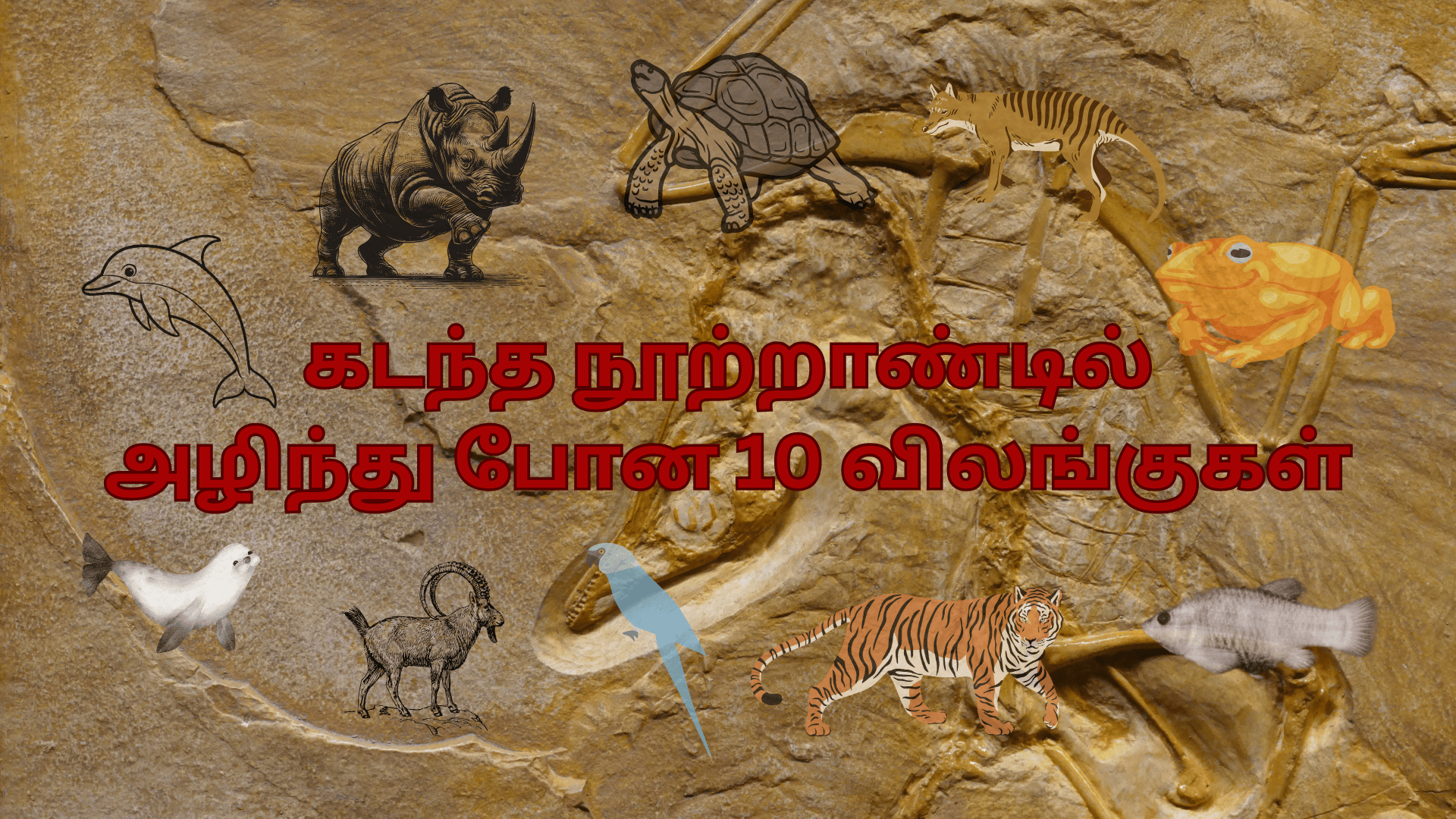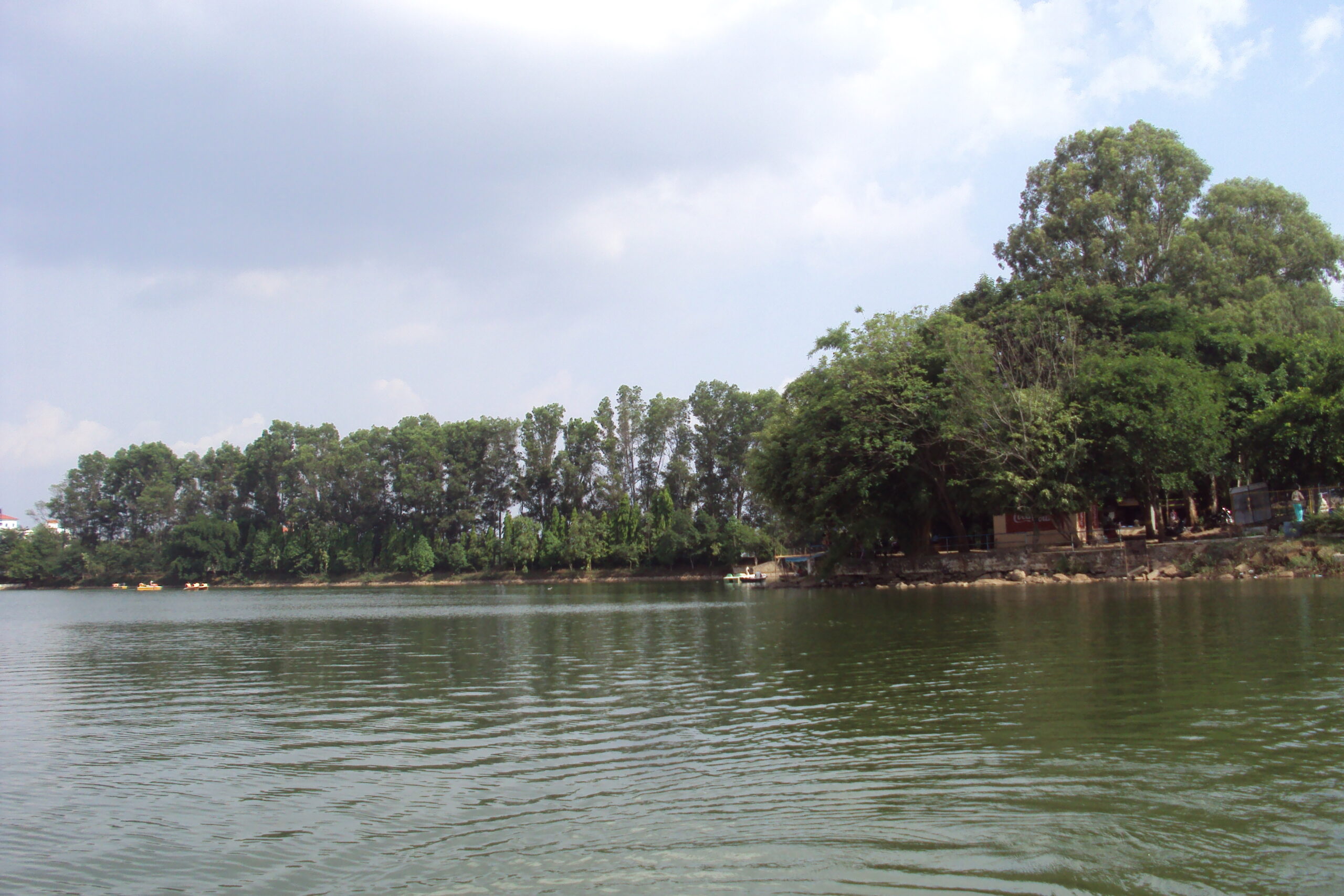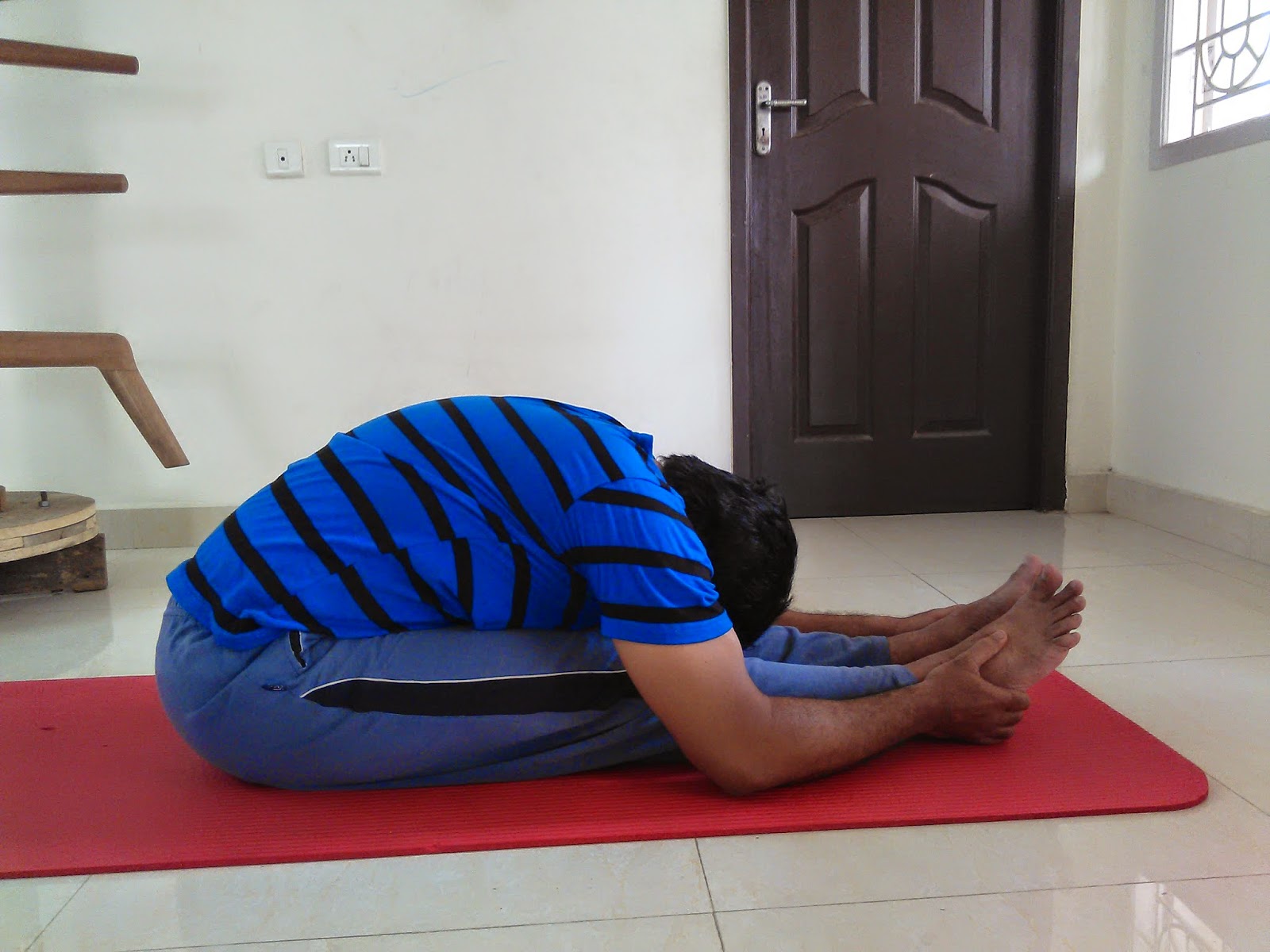Just as in Tree Pose, you balance your body weight on one leg in Eagle Pose. The similarity, though, ends there. Eagle Pose is called as Garudasana in Sanskrit. 'Garuda' means 'eagle'.
Visit this page to learn about Tree Pose and its benefits.
Eagle is a fearless bird and is well known for its ability to brave challenges during its flight or while hunting. . Regardless of the size and strength of its prey, it progresses with absolute determination and confidence. It symbolizes strength and freedom.
Eagle Pose stimulates Ajna Chakra, which is also referred to as Third Eye Chakra. Ajna Chakra is a powerful chakra. It develops intuition. It boosts creativity, develops positive thoughts and gets rid of negative thoughts.
Other Benefits of Eagle Pose
- Cures respiratory conditions
- Regular practice of the pose helps to strengthen the nervous system.
- Strengthens leg muscles
- Helps to make your leg muscles stronger
- Promotes flexibility
- Helps to Maintain Balance
- Strengthens hips
- It is an effective yoga pose for low back pain.
- It is an effective yoga pose for sciatic pain.
Instructions
- Assume Mountain Pose.
- Lift your right arm in front of your chest and bend at your elbow.
- Slide your left hand under your right and curl it around the right hand. Bring both the palms together as in salutation.
- Bend your left leg slightly.
- Lift your right leg off the floor and place it over your left leg; that is, your right thigh must be placed over your left thigh.
- Curl your right foot around your left leg.
- Hold the pose for 30 seconds.
- Release the pose and repeat the same with the other hand and leg.
Note
Those with severe knee and joint conditions should refrain from practicing the pose.
In case of difficulty in balancing on one leg, perform the pose using wall support.

Yoga Pose for Day 64 - Wheel Pose (Chakrasana)
Wheel Pose is one of the challenging back bend yoga poses. It is called Chakrasana in Sanskrit. 'Chakra' means 'wheel'. It goes without saying why the pose is named thus.
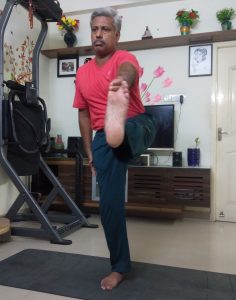
Yoga Pose for Day 62 - Extended Hand to Big Toe Pose (Uthitha Hasta Padangusthasana)
In one of our earlier posts, we have read about Big Toe Pose and its benefits. In Big Toe Pose, we bend forward to hold our big toes. In Extended Hand to Big Toe Pose, we will be holding our big toe with the leg
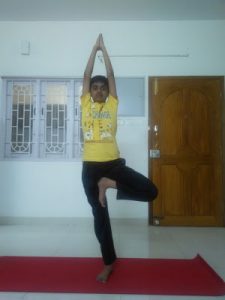
Yoga for Day 61 - Tree Pose (Vrksasana)
Tree Pose is called Vrksasana in Sanskrit. The term 'vrksa' means 'tree'. Performing the pose promotes balance of body and mind and hence is rightly called Tree Pose.
